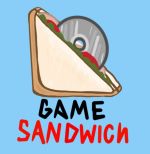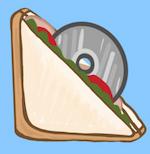XDefiant experienced significant issues upon its launch in May 2024. While some of the more technical issues were addressed, the declining player count and persistent questioning of the developers’ actions were not. After several months, Mark Rubin, the executive producer on XDefiant, announced that the game would enter a sunsetting period of six months before being taken offline for good. That period ended on June 4, 2025, and while it was a sad day for some, others view the memories of the game a bit differently.
We recently chatted with an ex-Ubisoft QA tester who, in this article, will be referred to as Flip, to get some behind-the-scenes information about what the development of XDefiant was really like. It turned out, there were some taboo topics, a hated game mode, and, as our source tells us, “a bunch of idiots making conflicting decisions.”
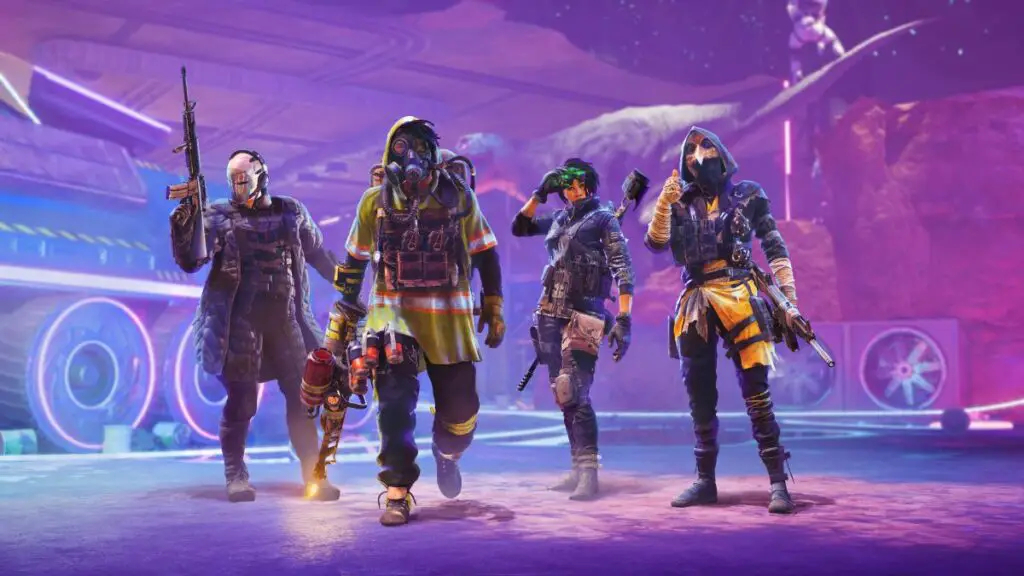
The Lack of Fantasy and Focus on a Hated Game Mode
Gritty maps were a staple of XDefiant that marked it as being similar to games like Call of Duty. Instead of focusing on the more fantastical properties that Ubisoft has, almost every map was styled after more gritty Ubisoft titles. For instance, Echelon HQ was styled after Splinter Cell, Attica Heights was Ghost Recon Phantoms, and Liberty was from The Division 2. It wasn’t until XDefiant was hitting its “last hurrah” that Flip says we “got most of the maps [they] knew of,” but the maps that were pushed out for this final content dump “had much more polish that could have gone into them.”
While the previously mentioned maps are what players remember XDefiant for, locations such as Enchanted Forest and the Skells didn’t get widely seen and recognized until the very end. Flip says there’s a chance development for the game could have changed drastically. “Had Enchanted Forest been experienced by the live playerbase, and the reception was seen, there was a solid chance even more fantastical maps could have made their way into the game beyond Forest and Razia’s Realm.” Apparently, the team was upset that more maps like these didn’t surface with Flip voicing that, “All the gritty maps were so boring.”
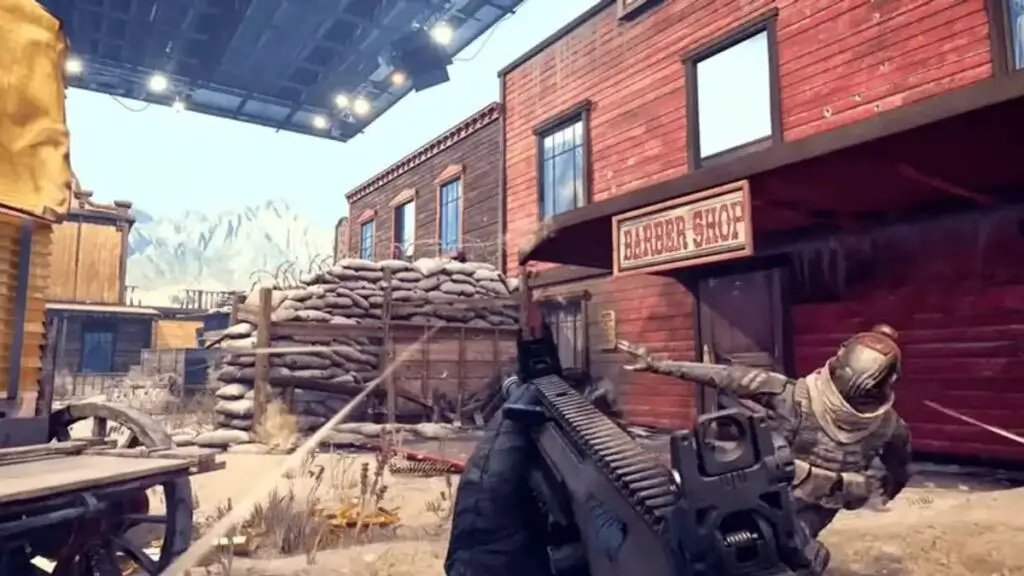
One of the staples of any first-person shooter title is the game modes. Most shooter titles, such as Call of Duty or Battlefield, put players up against each other with a Team Deathmatch [TDM] or Search and Destroy. At launch, XDefiant only had free-for-all for its standard mode. Instead of TDM, XDefiant focused on a game mode called Hot Shot, and it turns out, this was not a very popular mode for the development team. “Internally, we HATED Hot Shot,” Flip told us. “We would have internal playtests for a few hours to test maps, fixes, classes, guns, etc. across departments, and we’d queue with all game modes checked so RNG would ‘randomly’ put us into one of the five game modes. I definitely know a number of [the] departments wouldn’t check Hot Shot. That game mode was terrible and only one person enjoyed it.”
“Hot Shot was forced onto people who didn’t want to play a shooter ramped up to 11.” Our source told us that many of the team members weren’t amazing at shooters, so Hot Shot felt overwhelming since it required players to “kill and collect all while The Flash is racing around gobbling up coins.”
Another Tale of Toxic Development Led by Boys
In development, XDefiant was run by a small group of higher-ups that was internally labeled “The Boys Club.” This club “was a group of Ubisoft’s old-timers with the toxic leadership traits you’d expect of a corporate job.” Our source tells us that the mentality of The Boys Club was “You’ve never shipped a game before, what do you know?” Flip also tells us that this Boys Club didn’t get along. They told us that the members of this club didn’t like each other and that “it was like a floor was created specifically for five people to be ***holes, and they took this as an opportunity to use employees.”
The members of this club would also give conflicting messages to the developers. “It made working there so chaotic.” Our source tells us that the designers “always had to have multiple different versions of abilities or visuals just in case the person who made the request wasn’t at the meeting, but one of the other Boys was there who wanted to pull things in a different direction.” The team felt like they were “making a game for someone who only knew how to ask, ‘How does it work in CoD?’ instead of making a game for a community that finds the genre stale.”
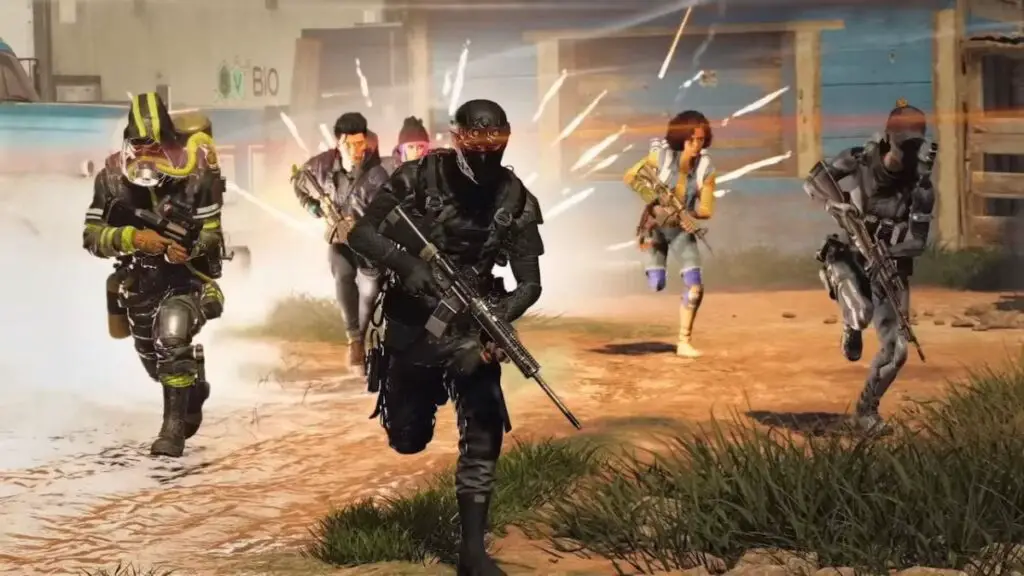
One of the more specific references our source told us is that the map Daytona, based on The Crew 2, was almost delayed or scrapped because a member of The Boys Club hated a red car that was in the map. “An entire map retheme was cut because a member of the Club didn’t like it, and it contained feedback from the others, erasing 6 months of work.”
In another example, Flip told us that comparing the game to hero shooters such as Overwatch was quite taboo. Flip mentioned a higher-up named Scott “asked for a visual indication someone was affected by CC [Crowd Control], primarily those affected by [the] Assassins’ Cherry Bomb.” This visual indicator was meant to be a small “hand gesture” and something above the head, like stars. In a later meeting, “Scott apparently forgot the whole **** thing,” and after being shown, had a brief pause and said, ‘Why’d you even do this ****? What was the ****ing purpose of this waste of time?” From this incident, one of those working on the faction ended up quitting.
Multiple faction abilities were compared to Overwatch hero abilities, with stun being similar to Cassidy’s flashbang, Phantoms’ barrier being similar to Orisa’s, and DedSec’s hijack ability being compared to Sombra’s. “It became a running joke across the couple of departments I worked with that our inspiration art was [Overwatch], because we knew something already existed for it, but if it wasn’t in CoD, you were having daggers stared at you because there’s only one other shooter it could be from, and YOU DON’T MENTION IT.”

The Fight for Balance Abandoned and a Bloody Overpowered Faction
The factions were in a constant state of needing to be reworked as new factions were released. Flip recalled the changes the factions needed to undergo to make them viable options. “The Boys hated the BioBoost nerf; statistics showed that over 80% of top-end gunfights were decided by who had more Libertad, so it had to be treated.” Not only this, but some major changes were required for the Highwaymen faction, particularly with the M79 grenade launcher. “M79 once had three ammunition that carried over through death. It was actually so strong that [the team] joked that there didn’t need to be another ability or even an ultra at that point.”
A lot changed when the Wolves faction was being worked on, as it marked a “tonal shift for the game.” After this, it became a “nightmare for balance.” Our source told us that the team “would have to do what League did and rework [their] original launch factions because the new blood was going to outshine the old guard.”
The power shift could be seen after the game started its sunset period. The Assassins were introduced with a one-hit melee kill ability along with a wall hack. Flip told us, “The balance discussions were always pushed back, even as factions were changed around.” Thinking back on it, “this decision was most likely in an attempt to give people the next shiny flashy thing, hoping to promote player retention at the cost of ruining aspects of the game later.”
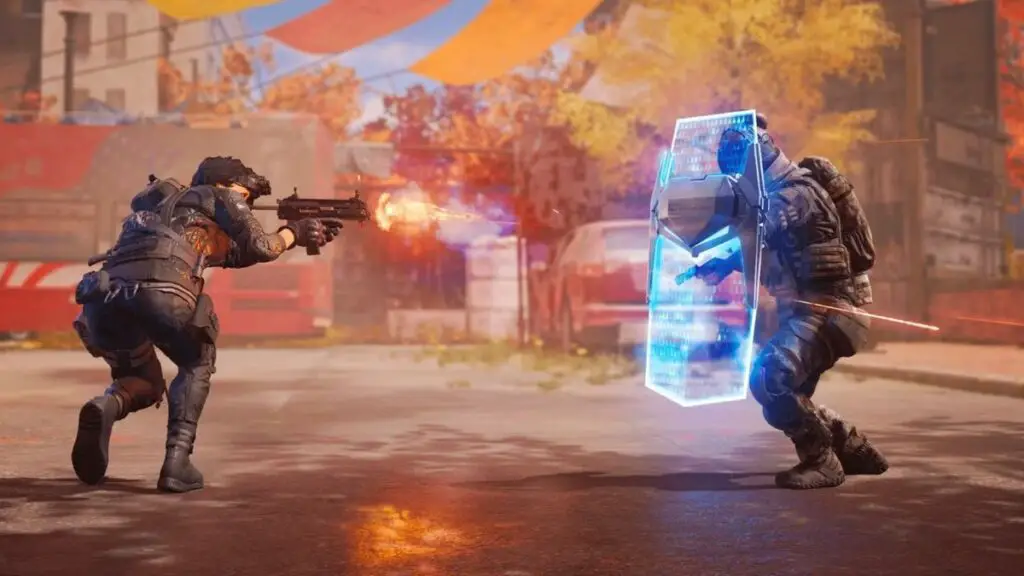
There were additional factions planned if the game hadn’t been cancelled, but even these were unbalanced. “One of the factions planned after Blood Dragon was tumultuous and… forgotten.” One of the traits of said faction “was deserted because it became too complex,” and ultimately “took away from the gunplay.”
The faction modeled after Blood Dragon was so overpowered that the team “couldn’t come up with a way to nerf it,” and couldn’t “come up with a way to offer a second ability that balanced it out.” Flip mentioned the initial pitch was an ability that denied players access to a location. “One of The Boys didn’t want any abilities that could block off entire swaths of the game on a whim.” Of course, the team pointed out that the Drone Swarm ability did this. This was met with a “hand waved and the subject changed.” One of the designers stated, “It feels like we’re just making up the rules as we move on, and I’m starting to wonder if this is a meeting worth our time.”
An Executive Producer Who Didn’t Deserve All the Hate He Got
Mark Rubin was often attacked for his role in XDefiant. He dealt with the public, which we all know tends to end badly when gamers think they know more about games than those making them. Flip mentioned how Rubin often dealt with players saying they wanted to play the game, even in an unfinished state. They told us that Rubin’s responses before launch were often truthful about the state of the game and how it was not in a good enough state for players to get into.
“All the **** talk Rubin got about netcode and tech issues, I don’t think was warranted. Many of the technical issues we were running into were more a fault of the engine choice than anything else.” Flip told us the team had “strong ambitions,” but it was cut down by “crappy moving parts making development slower and less accurate than it should have been.”
“If there weren’t a bunch of idiots making conflicting decisions, XDefiant would have launched more complete like everyone had wanted.” Flip remarked on how the public always felt that Rubin was disingenuous. While they weren’t completely wrong, Rubin wasn’t always deserving of the attacks he got from fans of the game. During one of the all-hands meetings, our source stated, “[Rubin] was the embodiment of the ‘nothing to see here’ scene from The Naked Gun while it was obvious to employees things were spiraling, and he was clearly lying to Ubisoft employees.”
“He lied to the people making the game, but I don’t think he was as dishonest to the public as people say he was.” Despite all the issues, there were plenty of those who enjoyed the game, but it ultimately didn’t end up being the “Call of Duty killer” that Ubisoft advertised it to be.
